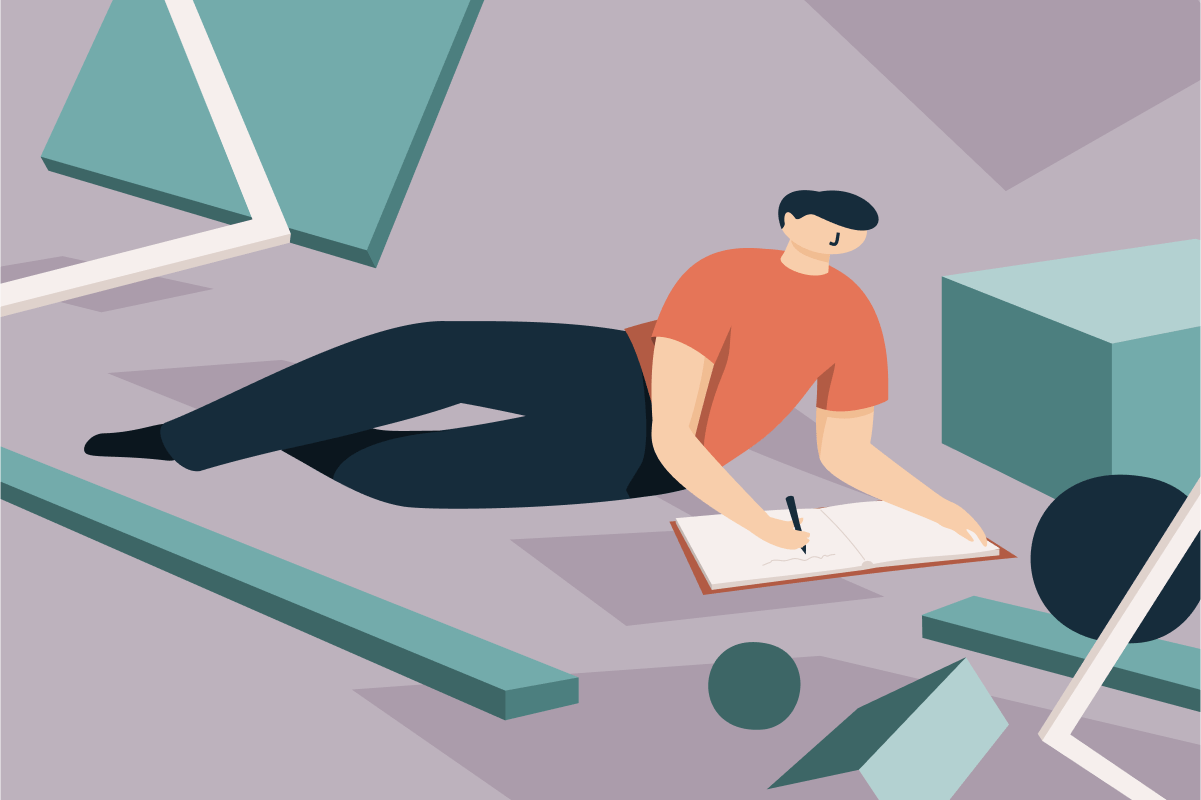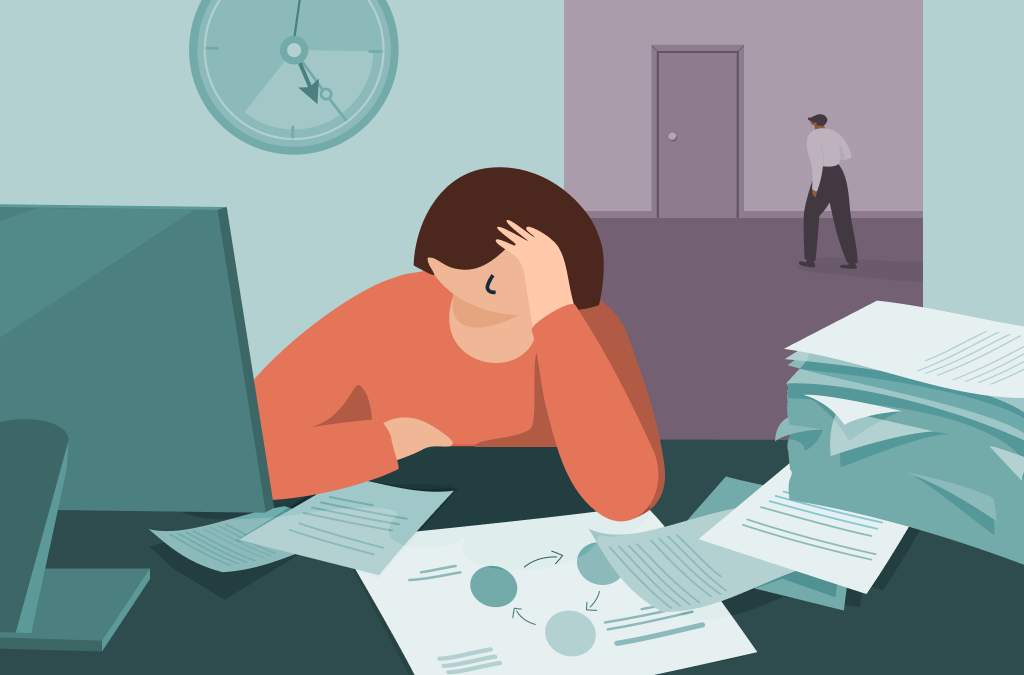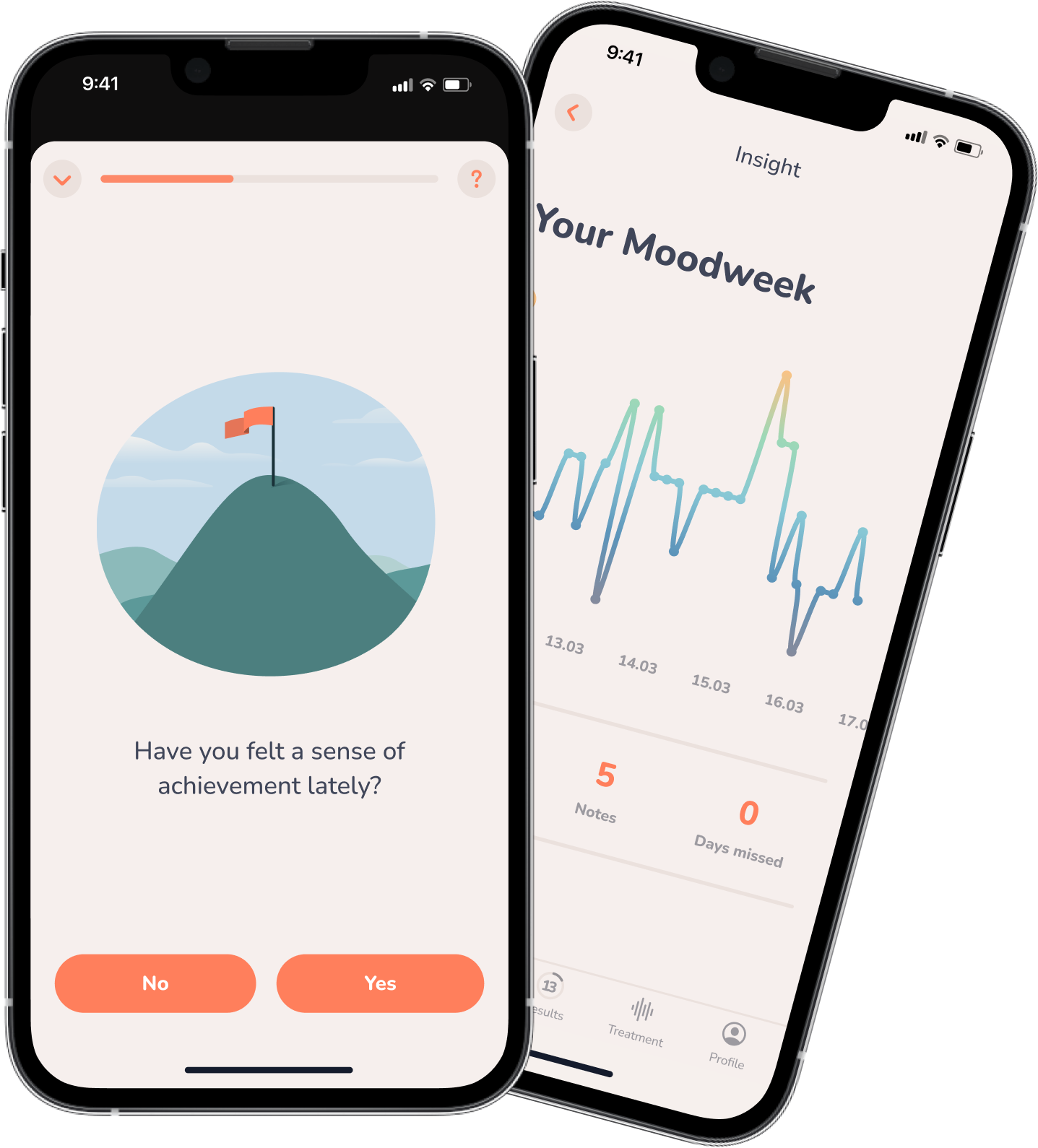Insight
5 Ways A Mood Diary Can Guide You Through A Hard Time
We’re complicated beings – and so are our accompanying moods, which change regularly and sometimes even suddenly. Once we take a moment to examine these moods we’ll realize how changeable – how “moody” we really are. Here are 5 reasons why a mood diary is a great way to observe these differences and map them out.

1. Understand your moods – Discover the links
It’s normal and natural to be “moody”. Feeling strong emotions, especially over a longer period of time, costs our body a lot of energy. That’s why we could feel tired after watching a sad movie, for example. Usually we can’t keep up these moods for too long, because they will become exhausting. Our healthy “default mode” is to have a more fluid change of moods.
When we suffer from depression our “default mode” has gone off the rails and a depressed mood takes over, which we struggle to put back on track. That’s why depression belongs to the category of “mood disorders”. For a diagnosis of depression, the negative mood must last for at least two weeks. Our moods are not meant to last that long, and we feel exhausted. Thus, not entirely coincidentally, fatigue is another main criterion for the diagnosis of depression.
A mood diary can help you find these connections between your emotions, situations you are in, the thoughts you are struggling with and physical complaints you might have. Maybe you’re struggling especially at work, or once you start ruminating, or when you feel especially tired. It can be easier to gain a more immediate understanding of what’s going on with a mood diary – something we’d usually only have in hindsight.
2. Understand Yourself – Moods change
You’ve probably experienced this before: You feel pretty terrible at night, but can’t explain why. The next morning however, you wake up feeling better. It’s almost as if the night magically changed your mood without much happening. Similarly, when we’re a bad mood, all we might want to do is crawl up in bed and shut the curtains. But we probably already know that occasionally forcing ourselves to do activities we enjoy can have a positive impact on our mood. For example, spending time with a friend, or taking a walk in the fresh air.
With a mood diary you could manage to observe these changes, tracking your mood before and after these activities you usually enjoy. This can be very motivating, because it can encourage you to see the impact you have on your own mood. We are not “condemned” to feel bad or terrible forever.
3. Detect distress – A seismograph for well-being
A seismograph is the machine that’s able to trace the tiniest movements in the ground. Those are then graphed, and the deviations are analyzed to detect and predict the outbreak of an earthquake more reliably.
A mood diary should do exactly that: detect the early signs of depressive or manic episodes and enable a quick intervention, hopefully preventing the outbreak of the full clinical disorder.
The old method is to write your mood diary with pen and paper. This could become annoying because you’ll always have to carry it with you and remember to make note of your mood routinely. Also, it will be harder to detect warning signs because obviously you’re not a schooled psychologist and you’d need to evaluate everything by hand. Phones and tablets solve these problems – You always carry your phone in your pocket: An app could remind you that it’s time for the next quick entry and it would evaluate all your answers and its corresponding symptoms for you, making the detection more reliable, exact, and simple.
4. Act – Take off the grey glasses!
When we are in a depressive episode, we see the entire world as if we were looking through dirty grey glasses. Some people struggling with depression can get the feeling that life has always been dark and sad and will always remain that way. That distorts our memories of nice moments we’ve had in the past. It makes us forget all the things we’ve appreciated before – and all the things we are still going to appreciate.
A mood diary fights these thought distortions. Using a mood diary can help us to recognize that there really are fluctuations in our mood and that even though we feel like all week we’ve not laughed once, for example, that might not be true. – Or, it will show us that our mood truly has “lost its balance” and it’s time to seek help and break the cycle.
5. Assist therapy – Overcome depression
If you are struggling with depression or bipolar disorder, a mood diary will enable a simple and quick overview of your mood. It can benefit your doctor or psychotherapist, as well as those close to you. Observing its changes over the course of days and weeks, also during therapy, will assist in analyzing which things are valuable for improving your mood.
For depression specifically, it will be helpful to look at further factors such as drive, fatigue, thoughts, physical complaints, and so on. MindDoc is an app specifically designed for this. It includes a mood diary and all the relevant factors of depression and it can also be used to assist therapy. After a 14-day period of many smaller “emotional snap-shots” it develops a detailed picture of your mood progression in the form of a doctor’s letter, which you can discuss with your doctor or psychotherapist.

Psychological Needs in the Workplace: How to Meet Them
Deadlines, conflicts, pressure to perform—many people grapple with stressors at work. The extent to which these weigh on someone depends in large part on whether psychological needs are being met at work.

High-Functioning Depression: The Hidden Suffering
When people think of depression, usually intense sadness, low energy, social withdrawal, difficulty getting out of bed, and managing daily life come to mind. But this is not always the case.

Obsessive-Compulsive Disorder: When Thoughts and Actions Become Torture
In this article, we explore what characterizes such thoughts and behaviors as well as how they can be treated.

Bullied at Work—Here’s What You Can Do!
In this article, we look at the nature of workplace bullying, its causes and consequences, and what you can do if you are being bullied at work.



